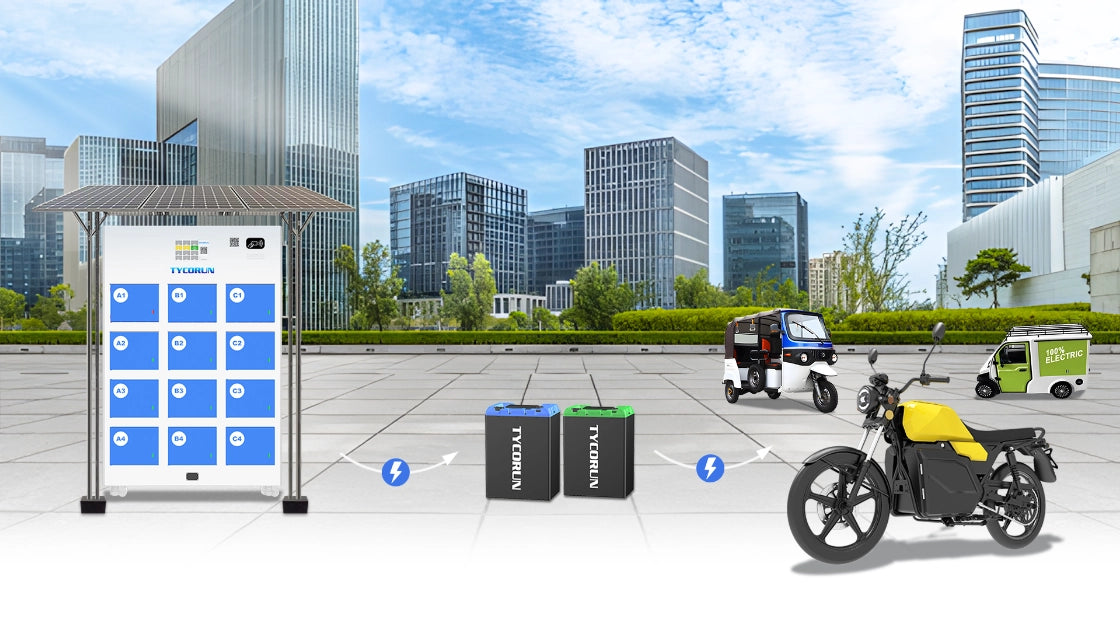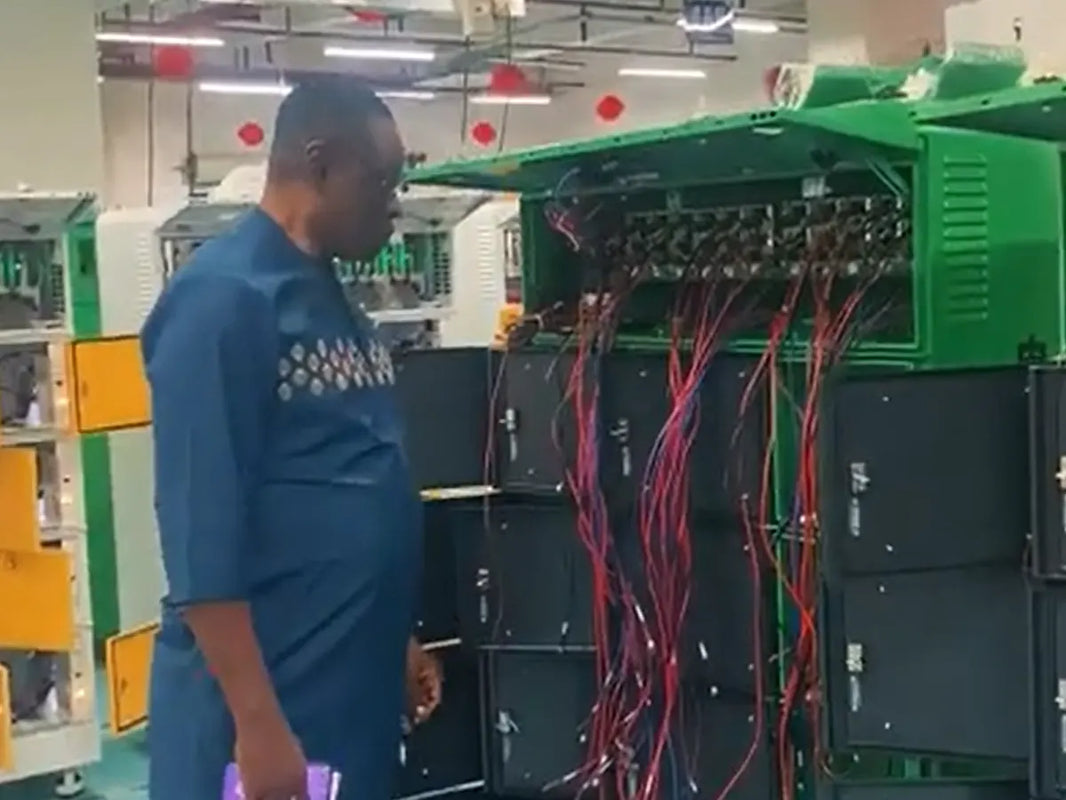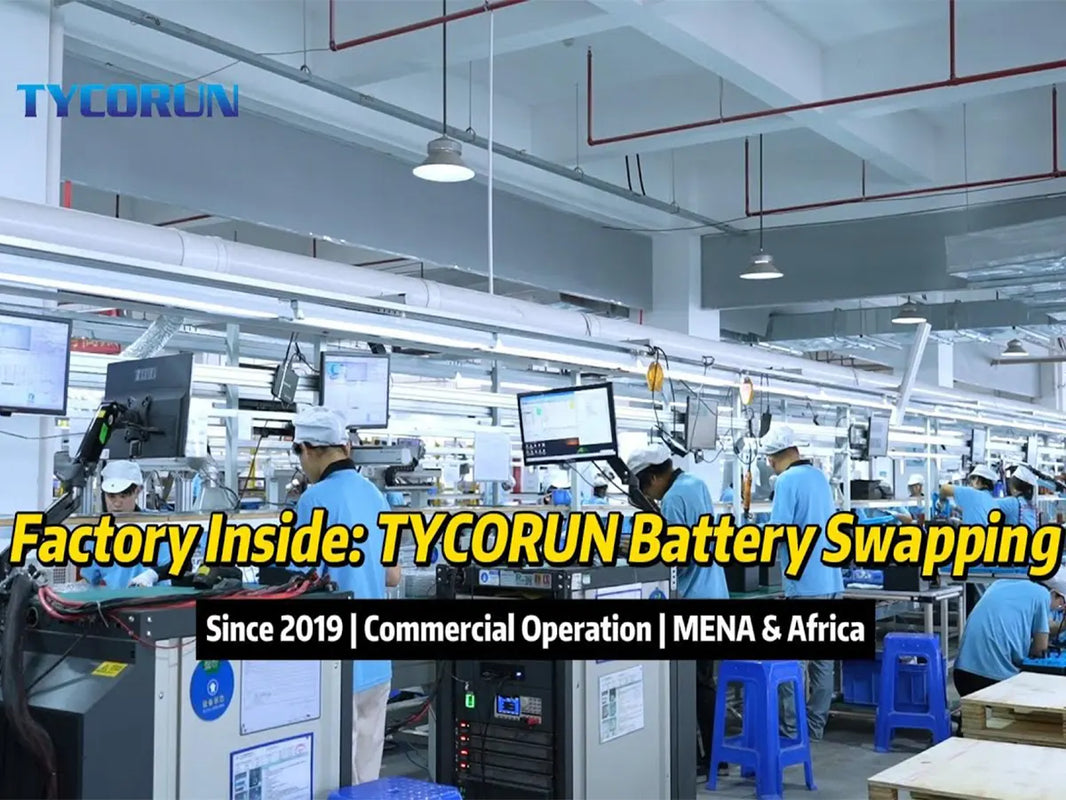
Main content:
Alkaline batteries are used in many devices, from toys to cameras. Improper disposal can harm the environment and health. Knowing how to safely dispose of alkaline batteries ensures that hazardous materials are properly managed and valuable metals like zinc and manganese are recovered.
Definition and Common Types of Alkaline Batteries

Alkaline batteries are primary batteries with manganese dioxide as the positive electrode, zinc as the negative electrode, and potassium hydroxide aqueous solution as the electrolyte. Their full name is "alkaline zinc-manganese battery." They are characterized by battery high energy density, stable voltage, and environmental friendliness. They are suitable for devices requiring high, continuous current discharge, such as digital cameras, electric toys, and shavers. Common alkaline battery types include:
Ordinary Alkaline Batteries
The most common sizes are AA, AAA, C, and D, widely used in remote controls, flashlights, clocks, and other household electronics.
High-Capacity Alkaline Batteries
By optimizing electrode materials and structures, energy density is further increased, making them suitable for devices with high battery life requirements, such as high-end digital cameras and wireless game controllers.
Leak-Proof Alkaline Batteries
A specially designed sealing structure effectively prevents electrolyte leakage, extending battery life and making them suitable for devices stored for long periods or used in harsh environments.
Rechargeable Alkaline Batteries
This improvement over conventional alkaline batteries allows for a limited number of charge cycles, but the cycle life is relatively short and their current market application is limited.
Main Structures of Alkaline Batteries

Steel Case
The steel case is the outermost layer of an alkaline battery and is typically nickel-plated to enhance corrosion resistance and conductivity. It not only provides physical support and sealing, but also serves as the battery's positive electrode current collector. During the manufacturing process, the thickness and processing accuracy of the steel case are directly related to the battery's mechanical strength and sealing performance.
Positive Electrode
The positive electrode material is primarily high-purity manganese dioxide (MnO₂), often with a certain proportion of graphite or carbon black added as a conductive agent to improve electronic conductivity. The positive electrode active material is compacted or molded into a tight "ring layer" and evenly adhered to the inner wall of the steel casing. This design ensures short ion diffusion paths and a large reaction interface, thereby improving discharge efficiency and battery capacity.
Negative Electrode
The negative electrode, composed of a zinc paste (zinc gel) mixed with zinc powder and an alkaline electrolyte, is located in the center of the battery. Unlike the zinc cylinder used in earlier carbon-zinc batteries, alkaline batteries use a dispersed zinc powder design, which significantly increases the reaction surface area, reduces internal resistance, and thus provides higher current output. Furthermore, to prevent zinc powder agglomeration and hydrogen gas side reactions, a small amount of additives (such as indium oxide or bismuth oxide) is added as inhibitors.
Electrolyte
The electrolyte in alkaline batteries is an aqueous solution of potassium hydroxide (KOH) with a concentration of approximately 30% to 35%. Compared to the ammonium chloride or zinc chloride electrolytes used in carbon-zinc batteries, KOH has higher ionic conductivity, reducing internal resistance and improving high-rate discharge performance. The electrolyte itself is not consumed in the electrochemical reaction; it simply acts as an ion conductor, facilitating the flow of electrons in the external circuit.
Separator
The separator is typically made of a microporous polymer membrane or cellulose material, with good alkaline wettability and mechanical strength. Its primary function is to physically separate the positive and negative electrodes to prevent short circuits while maintaining high ion permeability, allowing ions such as K⁺ and OH⁻ to migrate between the electrodes. Modern separators must also be resistant to high alkaline corrosion to ensure chemical stability during long-term cycling.
Alkaline Battery Characteristics

Leakage Resistance
Leakage is a critical quality issue for batteries. However, decades of technological advancement have overcome this issue, and currently, the leakage rate of batteries from reputable brands is less than 1 in 100,000. Causes of battery leakage include impure materials, substandard components, damage during the manufacturing process, or the incorporation of impurities.
Alkaline batteries are generally tested for leakage resistance by overdischarging to 0.6V. If no leakage occurs, the battery is considered acceptable. Currently, professional testing methods involve exposing batteries to a high-temperature, high-humidity environment at 60°C (90% relative humidity). Typical alkaline batteries can withstand 30 days of storage without leakage, while high-quality alkaline batteries can withstand 50 days or even longer.
Safety Performance
Safety performance also includes tests such as external short circuit, over-discharge, vibration, high- and low-temperature cycling, and drop, all of which batteries generally pass. The energy ring (also known as the safety ring) is often mentioned, and its primary function is to prevent short circuits and enhance battery safety.
Environmental Performance
Currently, alkaline batteries are considered green and environmentally friendly, containing no mercury. Cadmium and lead are only present as trace impurities in the metal, fully complying with EU, US, and Chinese standards.
While alkaline batteries are more durable and eco-friendly than carbon-zinc types, consumers should still follow guidelines on how to dispose of alkaline batteries.
Differences Between Carbon and Alkaline Batteries

Capacity & Output Current: Alkaline batteries have 4-5 times the capacity of carbon batteries; their price is 1.5-3 times that of carbon batteries; and their output current is typically several times higher than that of carbon batteries.
Appearance: Alkaline batteries have a groove around the negative terminal (sometimes hidden by the outer casing, revealing it by pressing). Carbon batteries have a flat bottom (or a spacer).
Weight: Alkaline batteries are heavier than carbon batteries because they have a steel casing, while carbon batteries have a zinc casing.
Structure and Environmental Protection: Carbon batteries typically have a carbon rod as the positive terminal and a zinc coating as the negative terminal. They contain cadmium (heavy metals) and mercury, so they must be recycled to avoid environmental damage. Carbon batteries continuously consume the outer casing (negative zinc) during discharge, leading to leakage over time. Their shelf life is generally 1-2 years.
Alkaline batteries, also known as zinc-manganese batteries, offer significantly higher output power and capacity than carbon batteries due to the highly conductive electrolyte and lower internal resistance compared to carbon batteries. Furthermore, strong alkaline conditions promote electrochemical reactions in the zinc-manganese system, resulting in far superior output power and capacity.
Alkaline battery casings are made of steel, which does not participate in chemical reactions, so leaks are rare. Environmentally friendly alkaline batteries contain only 0.025% mercury and generally do not require recycling. Their warranty period is typically over five years.
Potential Impacts of Trace Heavy Metals in Alkaline Batteries on Soil and Water

Impacts on Soil
Heavy Metal Accumulation and Toxicity: When alkaline battery casings corrode or become damaged, trace amounts of heavy metals may leach into the soil. These metals (such as lead and cadmium) are difficult to decompose in the natural environment. Long-term accumulation can exceed the soil's carrying capacity, leading to pollution. For example, lead can inhibit plant growth, while cadmium can affect soil structure and hinder root development.
Disruption of Soil Structure and Microbial Communities: Heavy metals can alter the physical and chemical properties of soil, reducing its air permeability and water holding capacity, and accelerating soil degradation. At the same time, beneficial microorganisms in the soil (such as bacteria and fungi involved in nutrient cycling) may decrease in number or activity due to heavy metal toxicity, affecting the soil's ecological balance.
Plant Uptake and Food Chain Transmission: Plant roots may absorb heavy metals from the soil, leading to excessive levels of heavy metals in crops. For example, rice has a strong absorption capacity for mercury and cadmium. Once contaminated crops enter the food chain, they may pose indirect health risks to humans.
Impacts on Water Bodies
Water Pollution and Biological Toxicity: If used batteries enter rivers, lakes, or groundwater, heavy metals can spread with the water, causing water pollution. Even low concentrations of cadmium or mercury can cause chronic toxicity to aquatic organisms, affecting the growth, reproduction, and survival of fish and shellfish, and in severe cases, leading to their death.
Cumulative Effects of the Food Chain: Aquatic organisms can accumulate heavy metals in water, which are then transferred through the food chain and ultimately enter the human body. For example, when humans consume contaminated fish, heavy metals can accumulate in their bodies, increasing health risks (such as mercury poisoning and cadmium-induced osteomalacia).
Groundwater Contamination Risk
Groundwater is a source of drinking water in many areas, and heavy metals can seep into it through the soil. Once contaminated, remediation is extremely difficult and poses a long-term threat to local health.
How to Dispose of Alkaline Batteries

Given that even trace metals can harm soil and water ecosystems, knowing how to properly dispose of alkaline batteries becomes crucial. Safe collection and recycling prevent toxic accumulation in crops and aquatic life.
Collection and Pretreatment
Alkaline batteries should be collected properly before disposal. Avoid mixing with other types of batteries (such as lithium batteries and nickel-cadmium batteries). Because different batteries have different electrochemical properties, mixed storage can easily lead to short circuits, battery leakage, and even explosions. Store in a dry and well-ventilated environment to prevent moisture from leaking the electrolyte. If the battery casing is corroded, bulging, or leaking, immediately seal it in a plastic bag or sealed container and clearly label it to prevent contact with other objects or personal injury. When collecting at home, you can also apply tape to the electrodes to isolate the metal from contact, further reducing the risk.
Dispose of Batteries at Authorized Recycling Points
Currently, large supermarkets (such as Walmart and Carrefour), brand stores (such as Apple, Huawei, and Xiaomi), and community recycling centers all have battery recycling facilities for convenient consumer disposal. In some areas, businesses offer door-to-door recycling services, and environmental organizations and schools regularly organize centralized recycling events. Batteries collected through authorized channels are sent to specialized disposal facilities.
Professional Processing
This process involves specific battery recycling technologies. First, mechanical crushing separates the outer shell from the internal materials. Physical and chemical separation processes, such as hydrometallurgical processes, are then used to extract metal components such as zinc and manganese for reuse in metallurgy or manufacturing. Older mercury-containing batteries require stabilization/solidification before deep burial to prevent mercury leakage and secondary contamination of soil and water. Modern mercury-free alkaline batteries, while significantly less harmful to the environment, still require specialized recycling systems to ensure resource recovery and environmental safety.
Temporary Safe Storage
Place used batteries in sealed bags, boxes, or covered containers in a cool, dry, dark environment, away from flammable materials and high temperatures. Centralized storage not only facilitates subsequent unified disposal but also reduces the environmental risks associated with careless disposal.
Note that careless disposal can cause heavy metals to seep into soil and water, while incineration releases harmful gases and particulate matter, endangering human health. Only through proper collection and professional recycling can we effectively avoid environmental harm, achieve the recycling of metal resources like zinc and manganese, and promote green and sustainable development.
Conclusion
Following safe collection, storage, and recycling prevents soil and water pollution. Responsible handling ensures hazardous substances are contained, and metals are efficiently reused. Learning how to dispose of alkaline batteries helps protect the environment and supports the sustainable use of resources for future generations.
Related articles: lifepo4 recycling, lithium ion battery degradation, how to dispose of lithium batteries
















